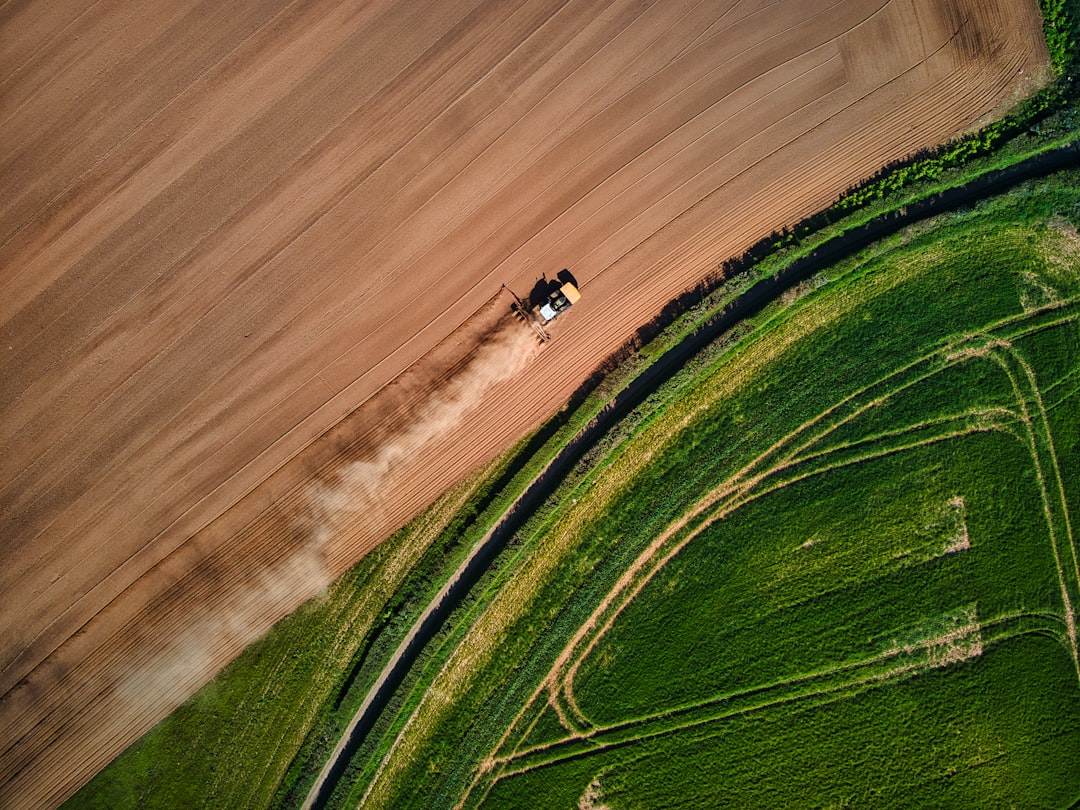What is it about?
As climate changes due to rising levels of greenhouse gases, the signal of warming and intensified water cycle emerge from the natural fluctuations caused by variation in weather patterns from year to year. Here, we investigate the signals of surface temperature, precipitation and soil moisture change over Europe since the 1950s in observations and computer simulations. Differences between the datasets are caused by deficiencies in the observations as well as the simulations but altered wind patterns also explain the range in simulated responses. Interestingly, we found evidence that the simulations which are too warm to begin across southern Europe tend to warm less. Also, simulations that have wetter soils to begin with tend to dry faster than simulations with drier soils. These findings will help us to understand the considerable range in future projections of climate change that happen locally are why.
Featured Image

Photo by Marcin Jozwiak on Unsplash
Why is it important?
Here, we investigate the signals of warming and intensified water cycle as they emerge from the natural fluctuations caused by variation in weather patterns from year to year. The findings will help us to understand how realistic simulations are and help us interpret the considerable range in future projections of climate change that happen locally.
Read the Original
This page is a summary of: An assessment of CMIP6 climate signals and biases in temperature, precipitation and soil moisture over Europe, International Journal of Climatology, July 2023, Wiley,
DOI: 10.1002/joc.8169.
You can read the full text:
Contributors
The following have contributed to this page










